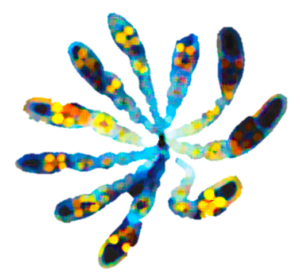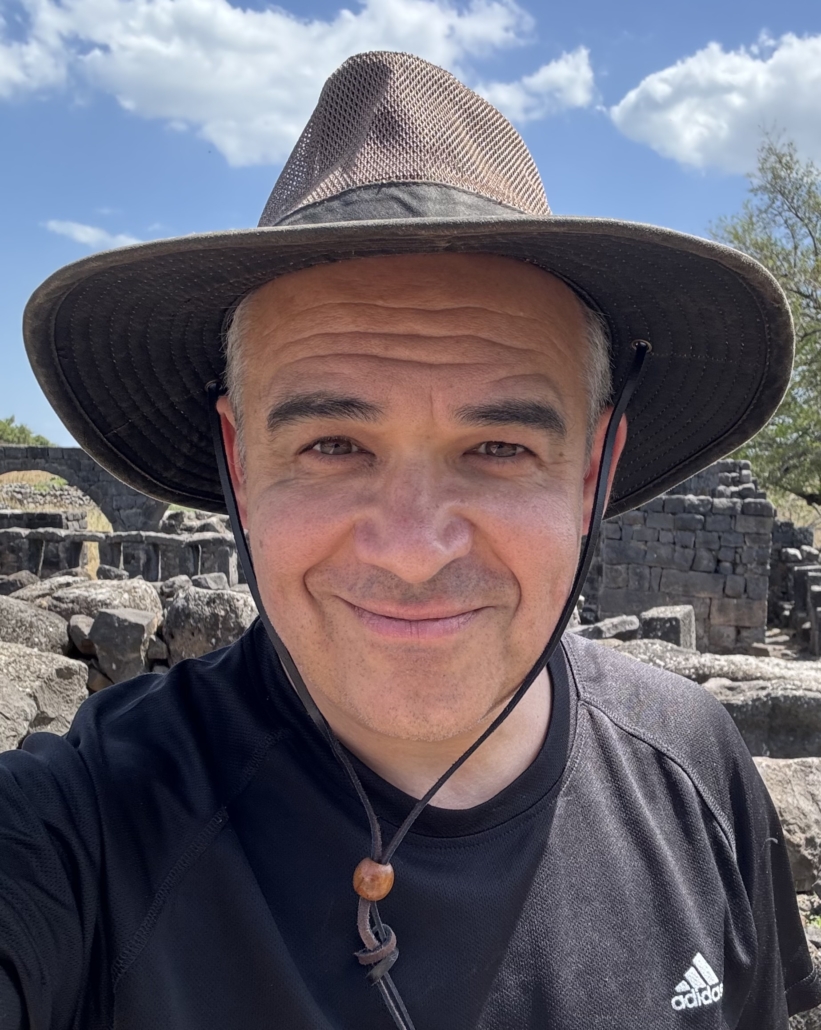Stanislav Y. Shvartsman
Professor, Molecular Biology and Lewis-Sigler Institute for Integrative Genomics
Associated Faculty, Department of Chemical and Biological Engineering
Group Leader, Developmental Dynamics, CCB, Flatiron Institute
Research area
Cell Biology, Development & Cancer
Research focus
Dynamics of living tissues
Contact
stas@princeton.edu
609-258-7071
Icahn Laboratory, 248
Lab directions
Our lab investigates how genomically encoded and self-organizing processes control development. The main themes of current research are 1) dynamics of signaling networks, 2) small cell clusters, and 3) quantitative biology of developmental abnormalities.
Protein kinases control essentially all cellular functions and are genetically deregulated in human diseases. The Shvartsman lab uses Drosophila as a powerful experimental system for dissecting signaling through the highly conserved ERK cascade. Recent results include new tools for optogenetic control of the ERK-dependent dynamics of single genes and gene networks.

Cell clusters with stable cytoplasmic bridges are thought to have provided one path to the emergence of multicellularity and are essential for the formation of eggs and sperm in present day animals. The Shvartsman lab uses live imaging experiments and dynamical systems theory to investigate the formation and function of germline cell clusters in Drosophila.

Developmental defects are one of the leading causes of childhood mortality and a major factor in the lives of affected individuals and their families. Focusing on abnormalities caused by deregulated RAS signaling, the Shvartsman lab is advancing quantitative biology of developmental disorders, using genome editing and computational modeling approaches in Drosophila.

Our lab collaborates with scientists at Princeton and elsewhere, and has in the past published on a broad range of topics, including epithelial morphogenesis, morphogen gradients, and metabolic control of development.
Select recent articles
- Spatial organization of transcribing loci during early genome activation in Drosophila
- Temporal integration of inductive cues on the way to gastrulation
- Coupled oscillators coordinate collective germline growth
- Rapid dynamics of signal-dependent transcriptional repression by Capicua
- Mechanics of a multilayer epithelium instruct tumor architecture and function
- Molecular mechanisms underlying cellular effects of human MEK1 mutations


